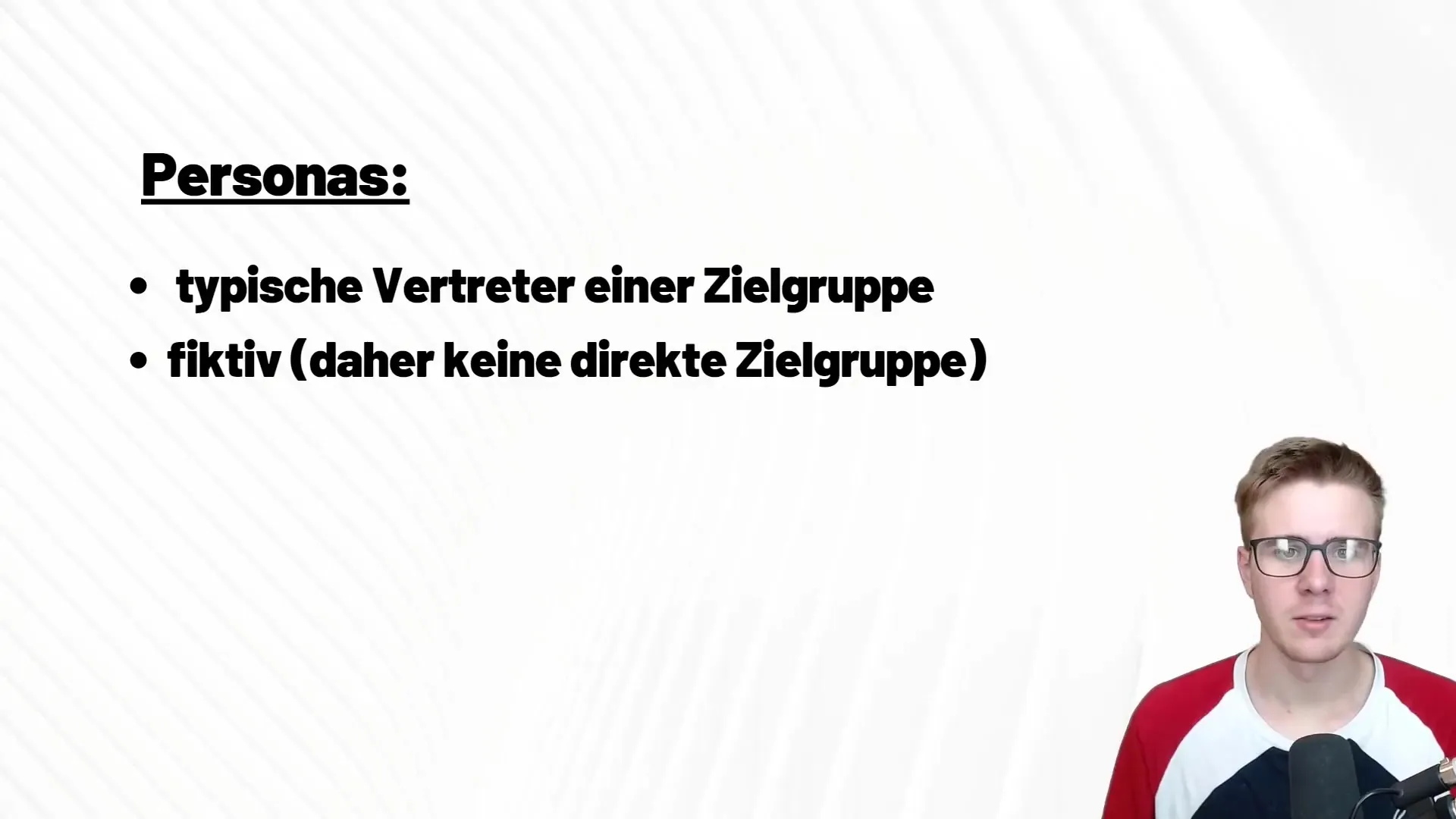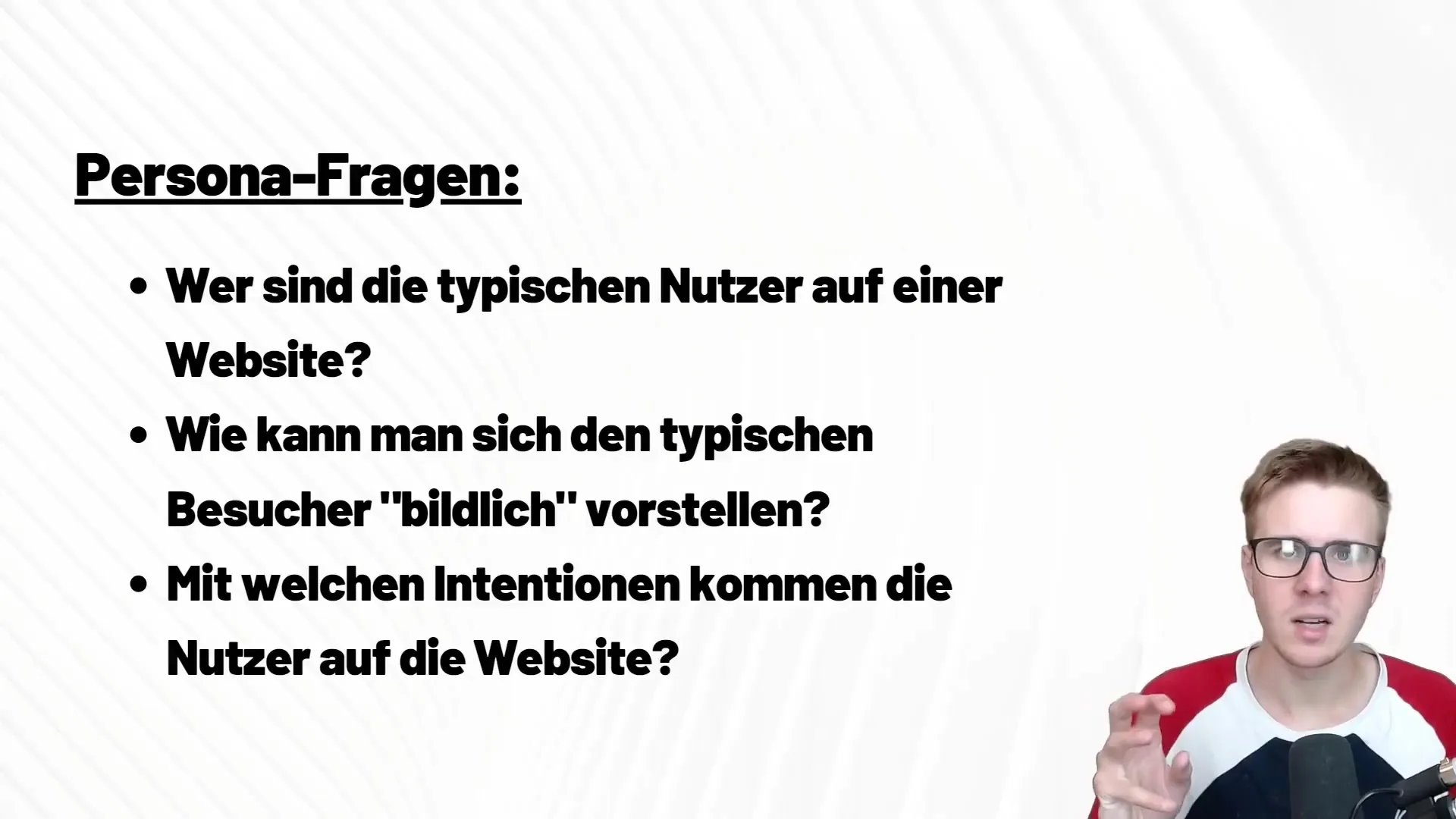The concept of Personas plays a central role in copywriting and target group analysis. When developing marketing strategies, it is crucial to know who the target group is, what needs they have, and how to address them. Personas help to structure and facilitate this process by providing a fictional representation of your target group. This guide shows you how to create and use effective Personas.
Main Insights
- Personas are fictional characters that represent the average image of your target group.
- It is important to integrate both passive and active characteristics into the Persona.
- Analyzing existing data can help formulate the Personas.
- Understanding the desires, needs, and behaviors of your target group is essential.
Step-by-step guide to creating Personas
Step 1: Defining the Basics
The first step is to establish the basics for your Persona. Consider which demographic information is relevant. This includes hair color, eye color, age, and gender. You want to create the image of an average person representing your target group. The more precise you are in the description, the easier it will be later to create texts and content for this target group.

Step 2: Passive and Active Characteristics
It is important to distinguish between passive and active characteristics. Passive things like age, gender, and occupation. These change rarely or once a year. Active characteristics, on the other hand, are more dynamic and include the desires, values, and goals of the Persona. These characteristics evolve over time and are directly dependent on the Persona's life situation.

Step 3: Data Analysis
Data analysis is an essential tool for creating a Persona. Check who the typical users of your website are. Use analytical tools to find out what age distribution and gender ratios prevail. These insights will give you a clearer view of who your target group really is.

Step 4: Visual Representation of the Persona
It is helpful to not only imagine the Persona theoretically but also to visually represent them concretely. Think about hair color, eye color, clothing style, and what this person likes or dislikes. This visualization makes the Persona tangible and helps you be more empathetic when writing.
Step 5: Analyzing User Intentions
Consider what intentions lead users to your website. Why are they visiting your site? Are they clicking on your Instagram profile to get information, or do they want to shop directly? Understanding these motivations allows you to create content that is tailored to the needs of your target group.

Step 6: Capturing Users' Interests and Desires
Identify which content and features users desire. Do they need a price comparison or a contact option? To find out what is most important, you can conduct surveys or gather feedback from existing users. This will help you further refine the Persona.

Step 7: Applying the Persona in Practice
To ensure that the created Persona is useful, you should test it in practice. Use it in creating content, advertisements, or products and analyze the reaction of your target group. Feedback from practice helps continuously improve your Persona.
Summary
Creating Personas is a crucial step in developing effective marketing strategies. By collecting and analyzing relevant data, considering both passive and active characteristics, and understanding the desires and needs of your target group, you can create content that truly resonates.
Frequently Asked Questions
What are Personas?Personas are fictional characters that represent the average image of your target group.
How to create a Persona?Create a Persona by collecting and analyzing demographic and psychographic information about the target group.
Why are Personas important?Personas help to better understand who the target group is and how to address them effectively.
Where do I start when creating Personas?Start with defining the basic demographic characteristics of your target group.
How can I collect data for the Personas?Use analytical tools, surveys, and feedback from existing users to gather relevant information.


